Masses M1,M2 and M3 are connected by strings of negligible mass which pass over massless and frictionless pulleys P1 and P2 as shown in the figure. The masses move such that the portion of the string betweenP1 and P2 is parallel to the inclined plane and the portion of the string between P2 and M3 is horizontal. The masses M2 and M3 are 4.0 kg each and the coefficient of kinetic friction between both the masses and the surfaces is 0.25. The inclined plane makes an angle of 37° with the horizontal. If the mass M1 moves downwards with a uniform velocity, find
(i) the mass of M1 in kg
(ii) the tension in the horizontal portion of the string in Newton
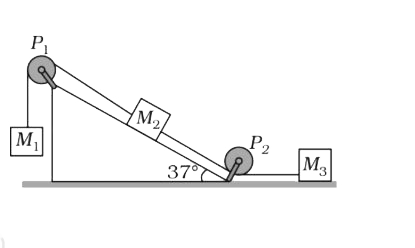
(i) Thecodont: It is the condition in which teeth are present in the sockets.
(ii) Diphyodont: It is the condition in which teeth appear in two sets---- milk teeth and permanent teeth. In human beings, there are 20 teeth in milk set while 32 teeth in permanent set.
Topper's Solved these Questions
- BOOK - ICSECHAPTER - DIGESTION AND ABSORPTIONEXERCISE - REVIEW QUESTIONS ( VII. SHORT ANSWER TYPE QUESTIONS )17videos
DIGESTION AND ABSORPTION
- BOOK - ICSECHAPTER - DIGESTION AND ABSORPTIONEXERCISE - REVIEW QUESTIONS ( VIII. LONG ANSWER TYPE QUESTIONS )6videos
DIGESTION AND ABSORPTION
- BOOK - ICSECHAPTER - DIGESTION AND ABSORPTIONEXERCISE - REVIEW QUESTIONS ( V. MATCH COLUMN I WITH COLUMN II )1videos
DIGESTION AND ABSORPTION
- BOOK - ICSECHAPTER - DIGESTION AND ABSOROPTION EXERCISE - NCERT EXERCISES WITH ANSWER (DIFFERENTIATE BETWEEN)8videos
DIGESTION AND ABSOROPTION
- BOOK - ICSECHAPTER - ENZYMES EXERCISE - REVIEW QUESTIONS (LONG ANSWER TYPE QUESTIONS)6videos
ENZYMES
Similar Questions
Masses M1,M2andM3 are connected by string of negligible mass which pass over massless and frictionless pulleys P1andP2 as shown in figure 7.15. The masses move such that the string between P1andP2 is parallel to the incline and the portion of the string between P2andM3 is horizontal. The masses M2andM3 are 4.0 kg each and the coefficient of kinetic friction between the masses and the surfces is 0.25. The inclined plane makes an angle of 37∘ with the horizontal. If the mass M1moves downwards with a uniform velocity, find (i) the mass of M1, (ii) the tension in the horizontal portion. (g=9.8ms−2,sin37∘=35)
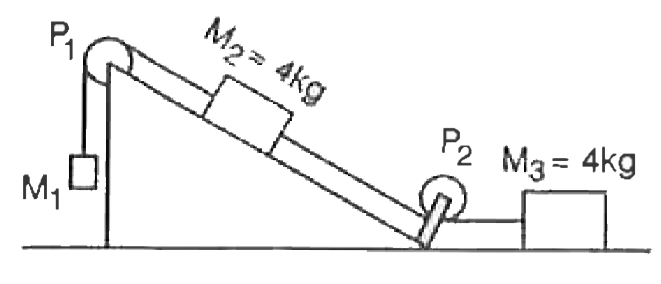 View Solution
View SolutionTwo blocks of masses m1 and m2 are connected by a string of negligible mass which pass over a frictionless pulley fixed on the top of an inclined plane as shown in figure. The coefficient of friction between m1 and plane is μ.
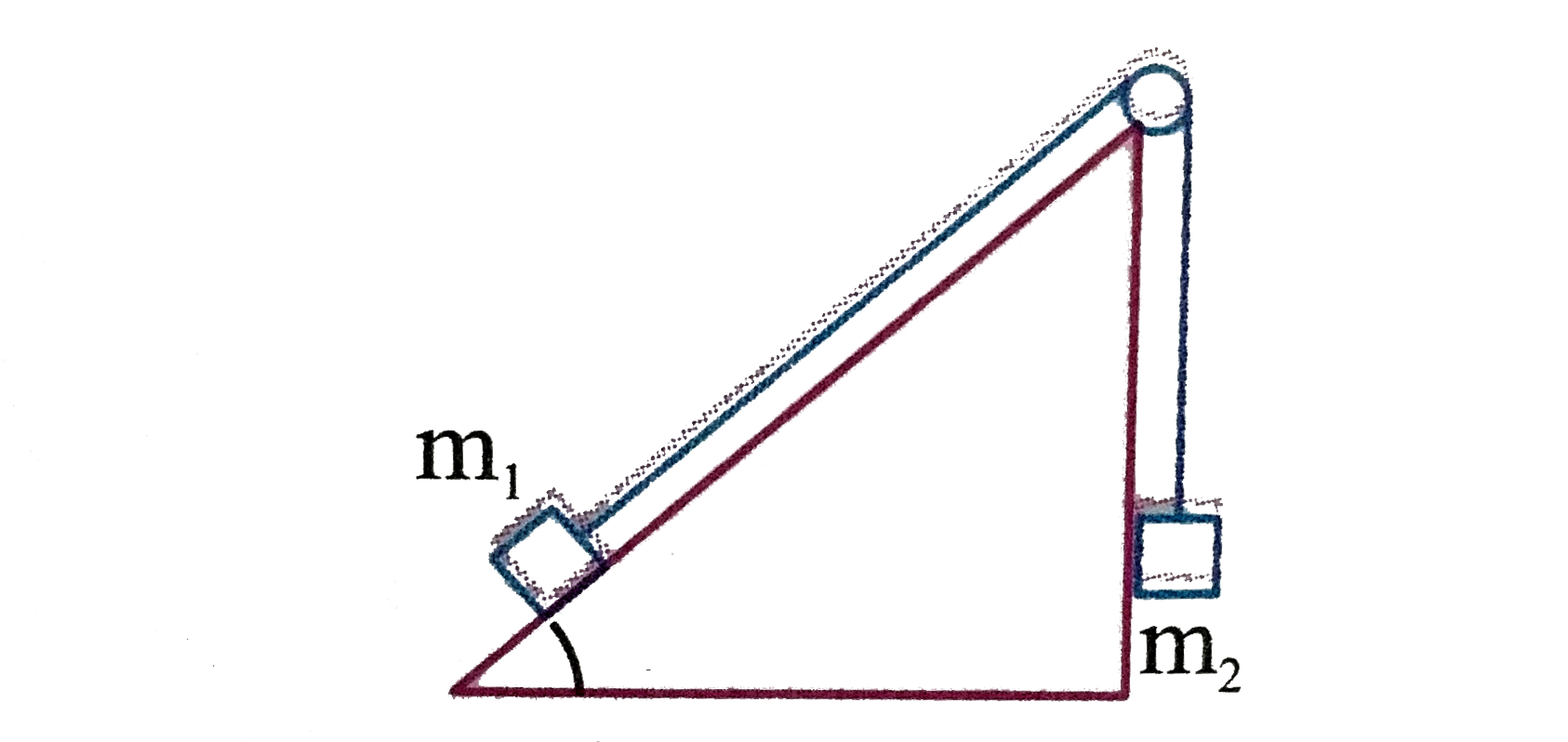 View Solution
View Solution
Knowledge Check
- Question 1 - Select One
A string of negligible mass going over a clamped pulley of mass m supports a block of M as shown in the figure. the force on the pulley by the clamp is given by:
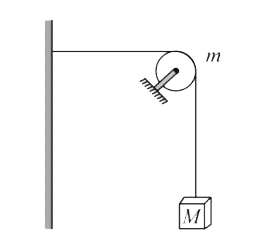 A√2MgB√2mgC√(M+m)2+m2gD√(M+m)2+M2g
A√2MgB√2mgC√(M+m)2+m2gD√(M+m)2+M2g
Blocks of mass M1 and M2 are connected by a cord which passes over the pulleys P1 and P2 as shown in the figure. If there is no friction, the acceleration of the block of mass M2 will be
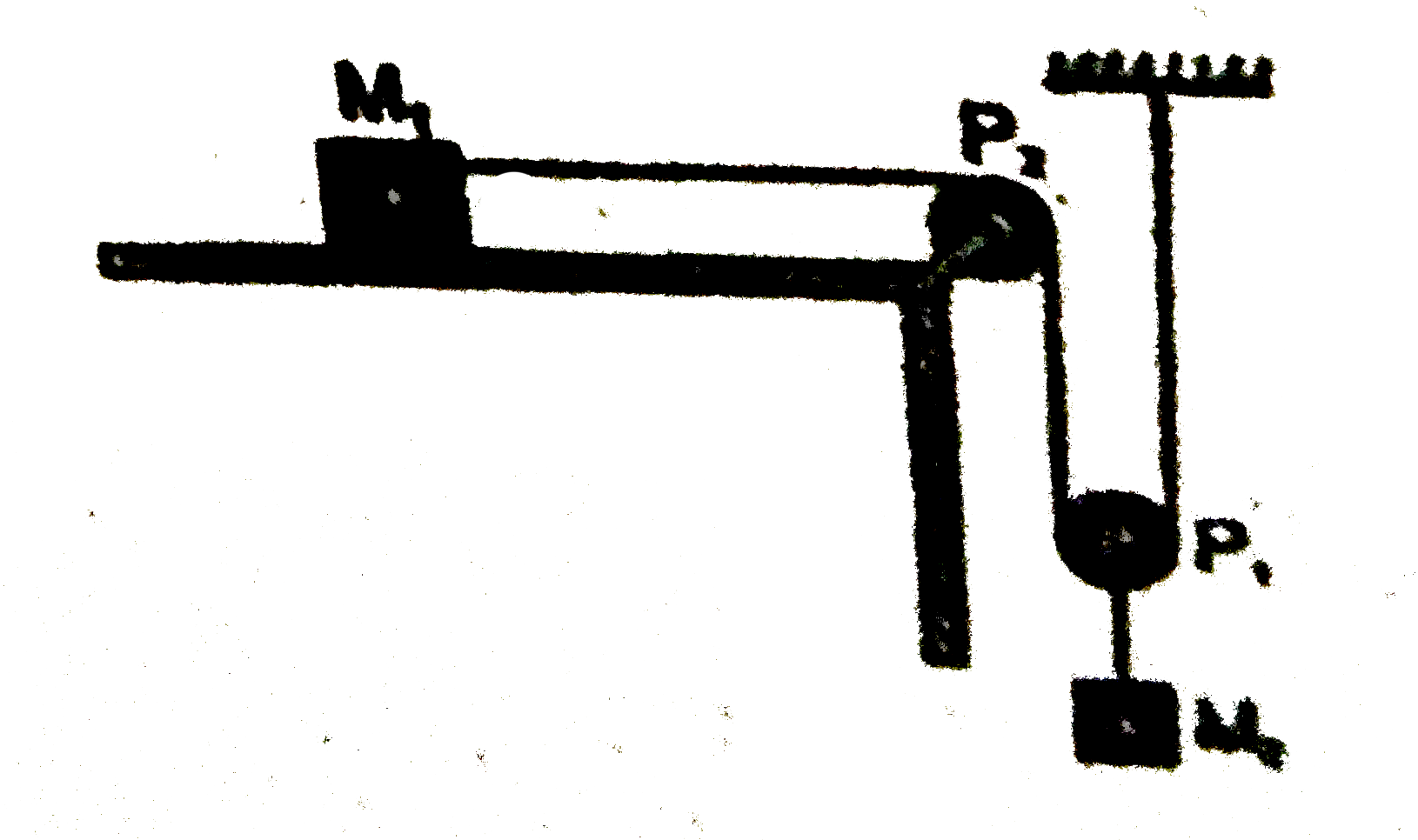 View Solution
View SolutionA string of negligible mass going over a clamped pulley of mass m supports a block of mass M as shown in the figure. The force on the pulley by the clamp is given by
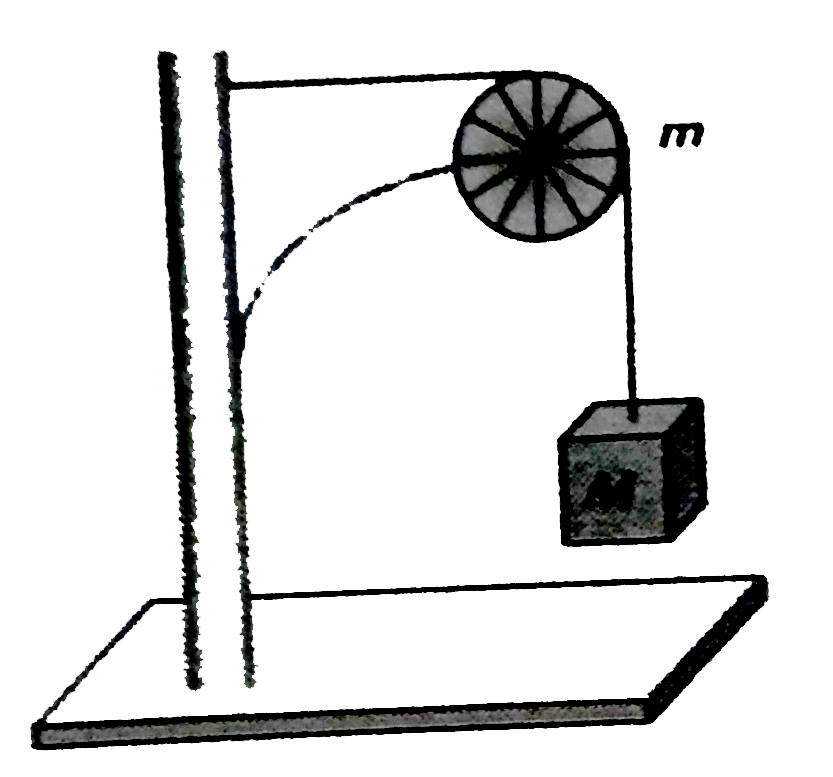 View Solution
View SolutionThree masses m1=m,m2=2mandm3=3m are hund on a string passing over a frictionless pulley as shown in Figure . The mass of the string in negligible . The system is released from rest.
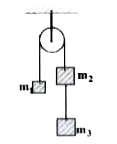
The tension in the string between masses m1andm2 isView SolutionThree masses m1=m,m2=2mandm3=3m are hund on a string passing over a frictionless pulley as shown in Figure . The mass of the string in negligible . The system is released from rest.
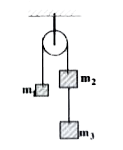
The tension in the string between masses m2andm3 isView SolutionTwo blocks each of mass m are connected over two light and frictionless pulleys and a fixed wedge by a light string as shown in figure. The tension in the string is :
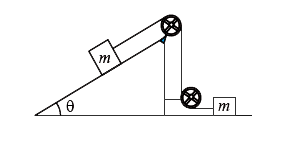 View Solution
View SolutionTwo masses m1andm2 are connected to the end of a string passing over a smooth pulley . The magnitude of tension in the string is T and the masses are moving with magnitude of acceleration a . If the masses are interchanged , then
View SolutionThree equal weights of 3 kg each are hanging on a string passing over a frictionless pulley as shown in figure. The tension in the string between masses II and III will be (Take = 10m/sec2)
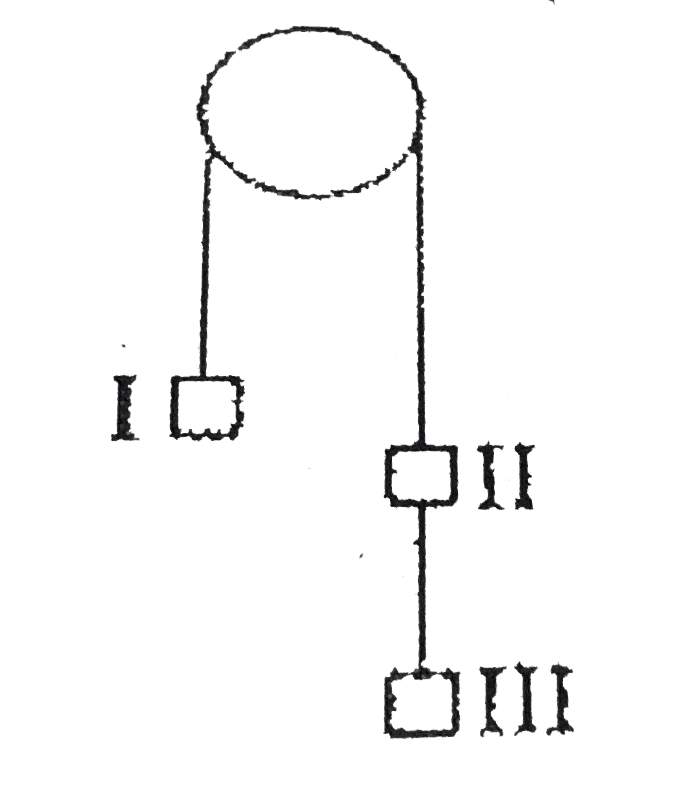 View Solution
View Solution

